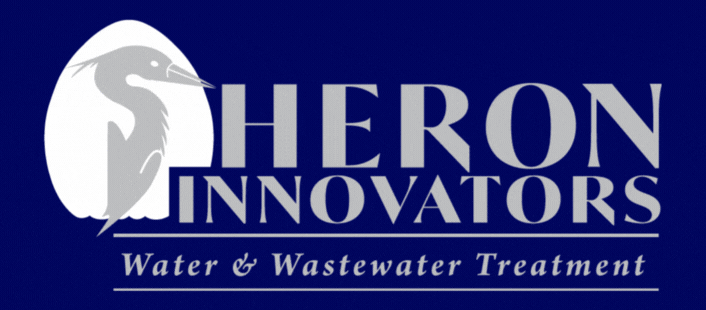Background
Wastewater treatment services are provided by Grato n Community Services District (GCSD) for the unincorporated Graton area, which includes a population of about 1,700 rural residents living in 450 homes. The treated wastewater is reclaimed to provide water to agricultural producers offsetting demand on groundwater and stream resources in the Atascadero/Green Valley Creek watershed. The GCSD was tasked to upgrade their existing lagoon treatment facility to comply with Title 22 standards required by the state of California. The upgrade was a success and the treated wastewater released into the stream has nearly zero environmental impact.
Process
The GCSD treatment facility processes sewage usi ng two oxidation ponds, one settling pond, and two storage reservoirs. It is at the settling pond that the Suspended Air® Flotation (SAF) system is utilized to remove primarily algae and silt, by conditioning the wastewater utilizing an aluminum based coagulant followed by a small amount of polymer. The SAF generates an “Aphron,” i.e. a double walled microbubble measuring 7-25 microns in diameter with its proprietary frothing agent.
When the flocculated particles are induced with SAF microbubbles, the particles become highly buoyant and float to the surface. Solids are skimmed off the surface and the effluent is treated further as required by the Title 22 Statute. The SAF’s removal of solids is so efficient that treated water exceeds the Statute requirement of 2 NTUs prior to filtration. The Schreiber Fuzzy Filter incorporated downstream has dramatically extended cycle times and required maintenance treatment systems are tended and sustained with much less effort and resources.
Results
After GSCD’s wastewater treatment plant was upgraded in March 2014, the results comfortably exceed the requirements. The SAF does an exceptional job of removing algae from surface water. On average, the SAF’s performance is above 95% in the removal of total suspended solids (TSS) and turbidity. Results from the SAF alone consistently exceed the Title 22 requirement of no greater than 2 NTUs for water clarity. In combination with the filter, this wastewater boasts <0.5 NTU on a regular basis. The biological oxygen demand (BOD5) is repeatedly reduced over 92%. When treated wastewater has reduced levels of BOD, great benefits for land-use efficiency and lagoon elimination are available. With these kinds of results, dependable clear effluent is achievable.
For more, view or download this and other Case Studies.

